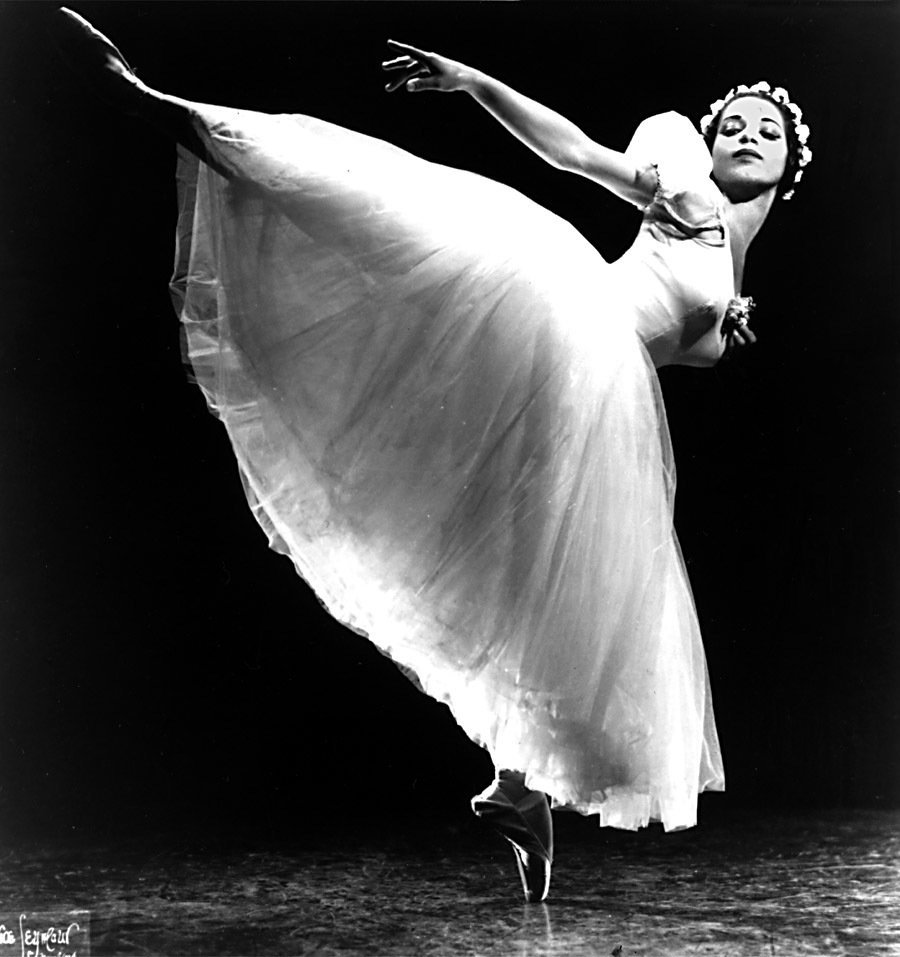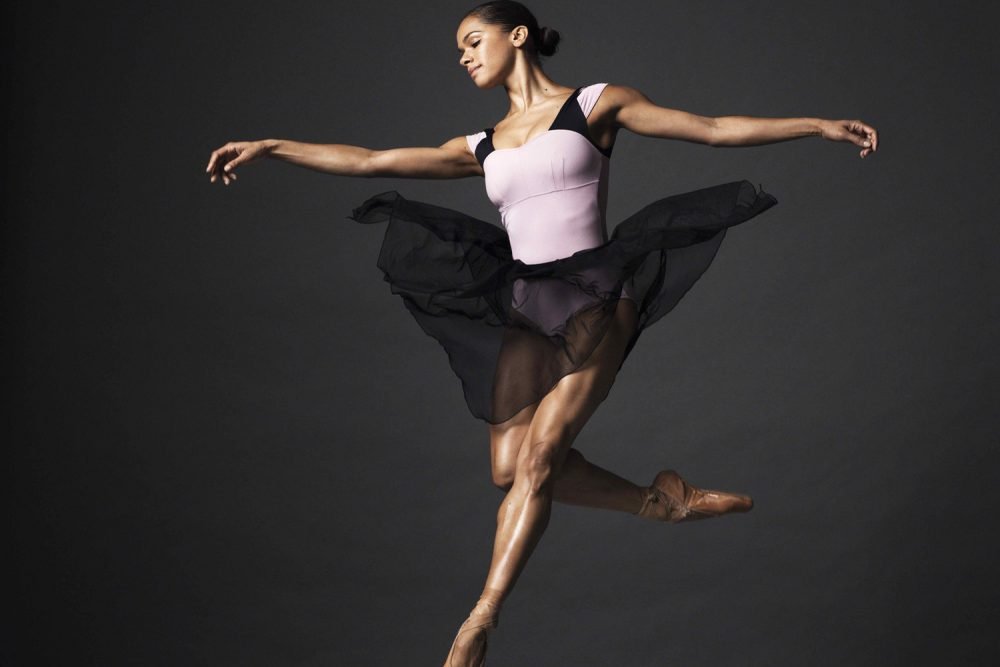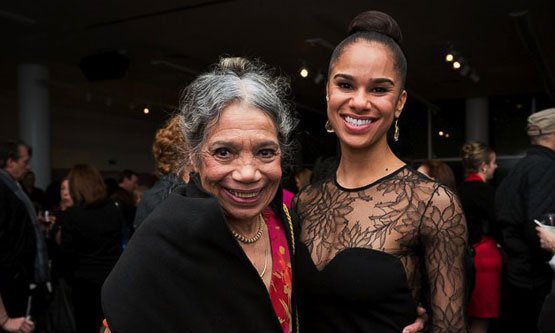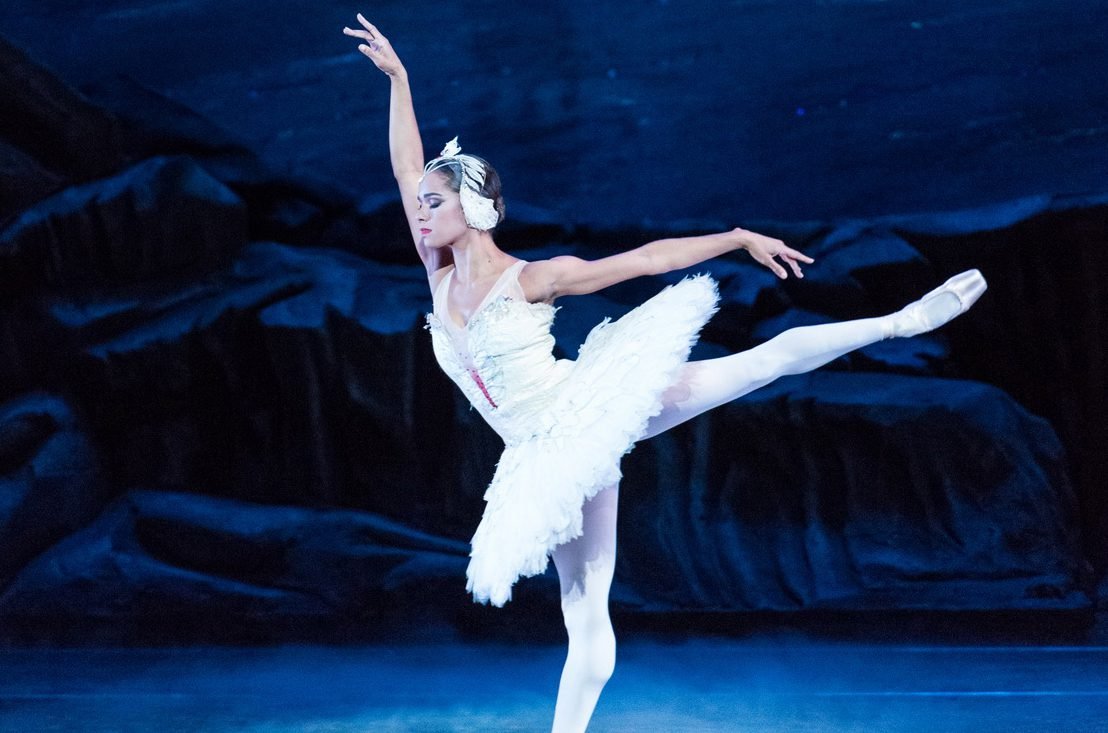The Wind At My Back: Resilience, Grace, and Other Gifts from My Mentor Raven Wilkinson —by Misty Copeland (Grand Central Pub., 2022)
—Review by Cathy Ritchie
As I’ve mentioned here before, my favorite nonfiction books are biographies and memoirs. I’m especially delighted to learn more about famous folks whose names have been only vaguely familiar to me. Acclaimed dancer Misty Copeland recently gave me just such an opportunity via her latest title The Wind At My Back, which is dedicated to, and infused with, the spirit of legendary Black ballerina Raven Wilkinson. It may well inspire arts followers to learn more about this amazing trailblazer (in fact, that’s the title of a children’s book about Wilkinson) while absorbing some ballet history to boot.
Copeland’s text deals engrossingly with the mid-years of her own storied career, as she longs to become a principal dancer with American Ballet Theatre, thus enabling her to perform such traditionally “white” roles as Odette/Odile in Swan Lake. She also addresses the political and artistic reality still confronting aspiring Black classical dancers.
But Copeland merges her own story with a look at the career of Wilkinson, the woman who in 1955 became the first Black ballerina to join a major company, the Ballet Russe de Monte Carlo. When Copeland’s and Wilkinson’s paths crossed in 2011, their relationship soon became a source of strength and “backbone” in the younger woman’s life. It also served to bring Wilkinson once again into ballet’s public eye: reminding the older generation how far the art form still had to go towards full equality for its dancers of color, and introducing Wilkinson to current students and performers who could gain strength from her example of perseverance.
Wilkinson performed with the Ballet Russe for six years. The troupe toured extensively, including in the Southern U.S., and initially Wilkinson seemed to blend in without incident. But in 1957, she began encountering overt discrimination in hotels and restaurants. Shockingly, Ku Klux Klan members disrupted a Ballet Russe performance in Alabama by storming on stage, demanding to know “Where’s the n----r?”
The light-skinned Wilkinson had, by and large, downplayed her race, though always answering honestly if/when she was asked. But as word of her Blackness began to spread widely, management separated her from the troupe when they traveled to tour cities. When a ballet mistress advised Wilkinson that a classical dance career was no longer an option for her, the discouraged young performer left Ballet Russe in 1961.
Wilkinson auditioned for other American companies with no success. She took a hiatus from her profession, but eventually joined the Dutch National Ballet, and danced for seven years until retiring at age 36. Thereafter, she performed “character dancing” and acting roles on Broadway. Her life didn’t interlock with Copeland’s until she was in her seventies, but the two dancers’ friendship lasted until Wilkinson’s 2018 death at age 83.
In “her” chapters, Copeland discusses the prejudices still faced by aspiring Black ballet dancers even now, at a time when the performing arts put an emphasis on diversity. Would-be professional dancers of color are often advised to specialize in modern or “African”-style work: since Wilkinson was a classical ballerina, her options were automatically circumscribed.
Copeland writes movingly about their friendship, vividly conveying her mentor’s vivacious personality and undeniable charm. But this book also inspired me to seek out audio-visual means of knowing Wilkinson better, and that detour led me down some wonderful paths.
Performance footage of Wilkinson is rare, though I located her on YouTube participating in interviews, ballet panel discussions, and more. But then I hit the jackpot: two outstanding documentaries, 2016’s Black Ballerina, directed by Frances McElroy, focuses on several Black classical dancers-in-training, their hopes soon to be dashed via the lack of opportunity they discover around them. The film also includes commentary by Wilkinson and several other earlier-generation Black performers who moved on to become seminal dance company directors and teachers. Since this documentary is several years old, we can only hope its young subjects have since found success.
2005’s Ballets Russes, directed by Daniel Geller and Dayna Goldfine, absorbingly details the births and deaths of the two admired troupes sharing that name at one point in the 1920s and 30s, each led by a strong-minded and temperamental creator. It’s quite a tale, engagingly told by a remarkable cavalcade of former Russe stars of multiple countries of origin, accompanied by fine footage of legendary productions.
I was greatly entertained and ultimately very moved by their reminiscences, and by their devotion to the art form, regardless of its challenges. (Raven Wilkinson’s time with the troupe, and the personal struggle she endured, is spotlighted.) Ballets Russes is simply first-rate, available on DVD and via YouTube. As a supplement to Copeland’s book and Black Ballerina, it shouldn’t be overlooked.
So the biography nerd in me has triumphed yet again, as I learned about both a remarkable artist during a pivotal time in ballet history, and about the dancer she continues to inspire. To Misty Copeland and Raven Wilkinson: brava to each of you, and many thanks.
Black Ballerina: https://www.youtube.com/watch?v=YXD3o1qqMCo
Ballets Russes: https://www.youtube.com/watch?v=2fow2KX_VVg



